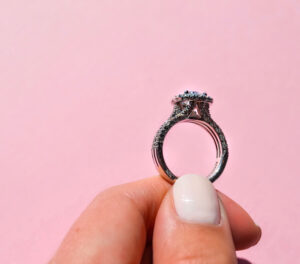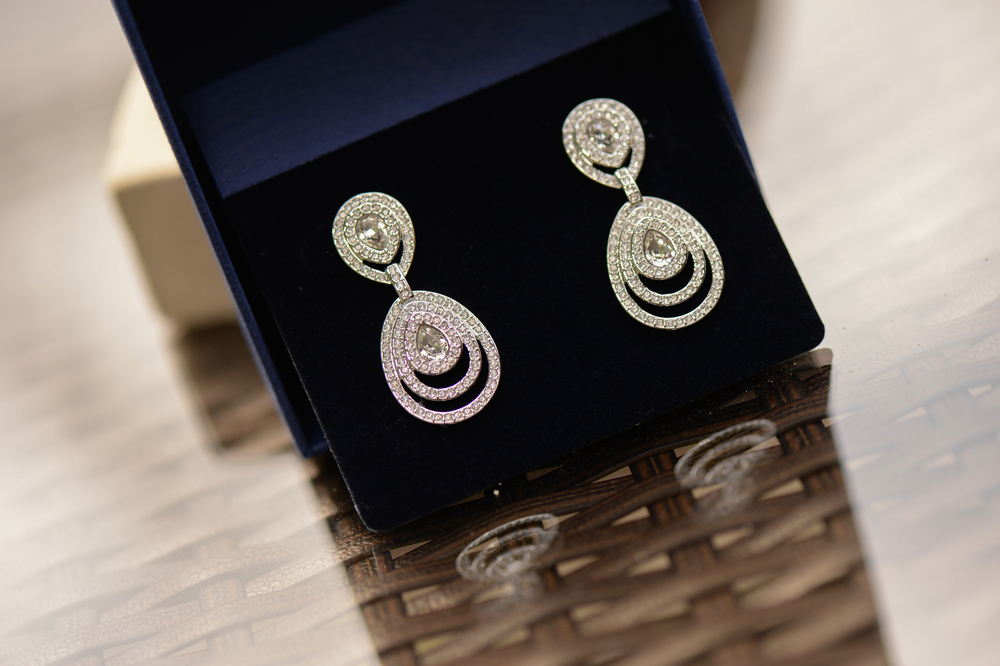
Diamonds are the hardest materials on the earth, and it is unlikely for this stone to chip easily. However, it does not mean that your diamonds won’t chip. If a hard force is applied to a diamond at certain points, then it can chip or even crack. Therefore, it is important to wear your diamond rings, pendants, earrings, and other pieces of jewelry with great care, as these stones come with huge price tags.
What Makes Your Diamond Prone To Chipping?
The shape of your diamonds is an important factor that can make your diamonds more vulnerable to chipping. Certain diamond shapes can easily chip in comparison with other shapes.
Diamonds with pointed edges are at a higher risk of chipping. Some of these stones include princess, pear, marquise, emerald, radiant, and triangular-shaped diamonds. But diamonds with rounded or cut corners are less likely to chip. Oval diamonds, round brilliants, cushion-cut diamonds, etc. are safer options, as they do not have pointed edges.
Another factor that can play an important role in protecting your diamonds from chipping is the setting. Settings like bezel can cover the girdle of the diamond, which is a vulnerable point of your diamond that can easily chip and crack when a hard force is applied. If you give priority to the protection of your stones, then it is better to choose settings like bezel, v-shaped prongs, partial bezel, etc.
How To Prevent Chipping?

Choosing a protective setting for your diamond can help to reduce the possibility of chipping to a great extent. If you engage in a lot of strenuous activities with your hands, it is best to choose a setting that can offer better protection to your stones. Also, choose diamond shapes that are less prone to chipping.
Additionally, when you engage in strenuous activities, it is better to remove diamond rings from your hand. While you are gardening or trying out a new dish, it is better to take off your ring, as granite countertops, rocks, etc. can damage your stone.
Be aware that both natural diamonds and lab grown diamonds are vulnerable to chipping. Don’t think that your synthetic diamonds won’t chip or crack just because of their artificial origin.
How To Deal With Diamond Chipping?
Re-cutting is commonly used to eliminate the chipped portions from diamonds. However, this method can be costly and you can lose a good portion of your stone while re-cutting.
Another option is to adjust the setting of the stone. You can turn the stone in the setting so that the chipping will be covered by the prongs of your ring.
If you don’t know what to do with your chipped stone, you can take it to a jeweler to find the best options.
